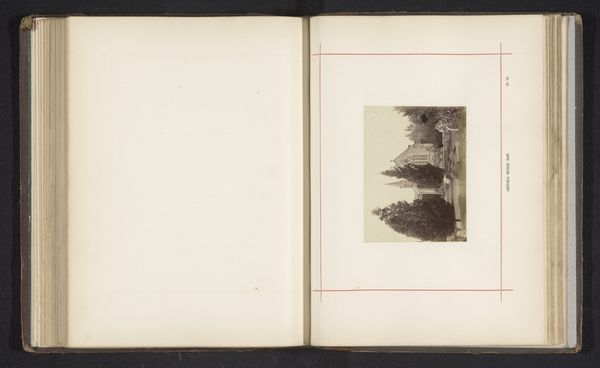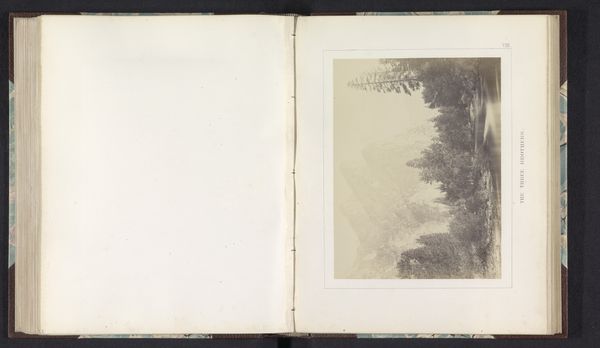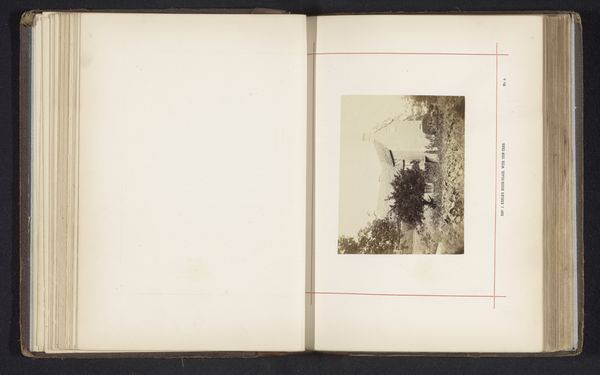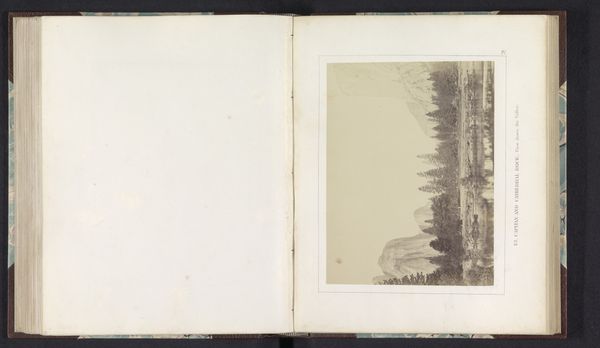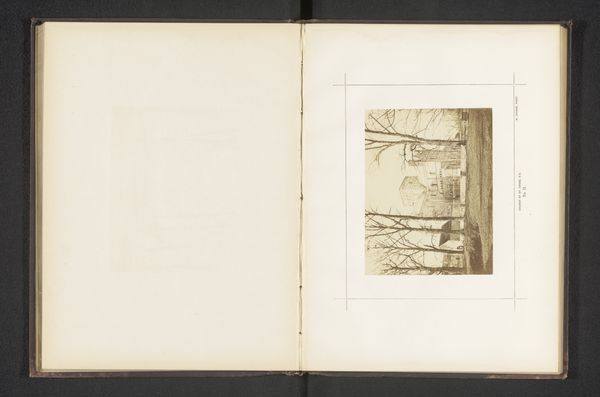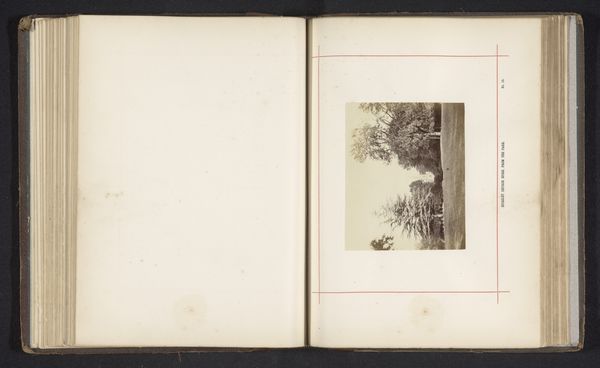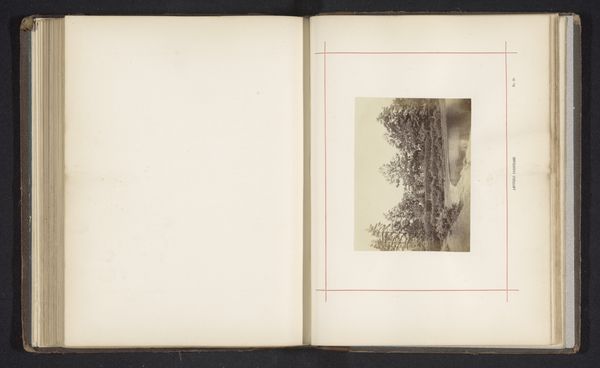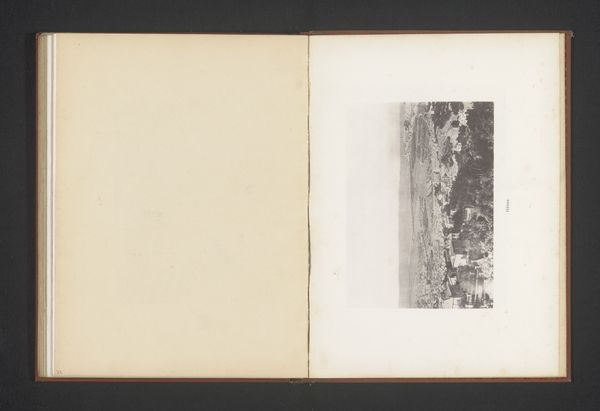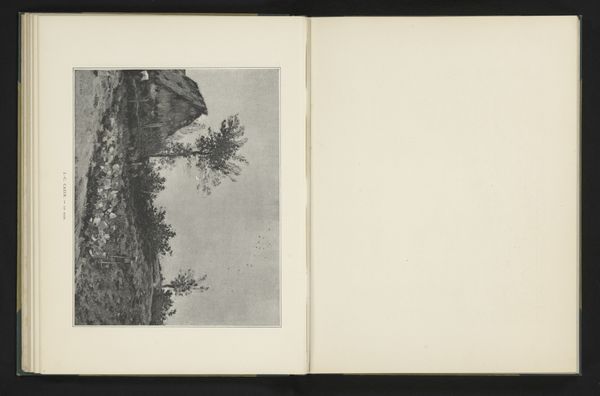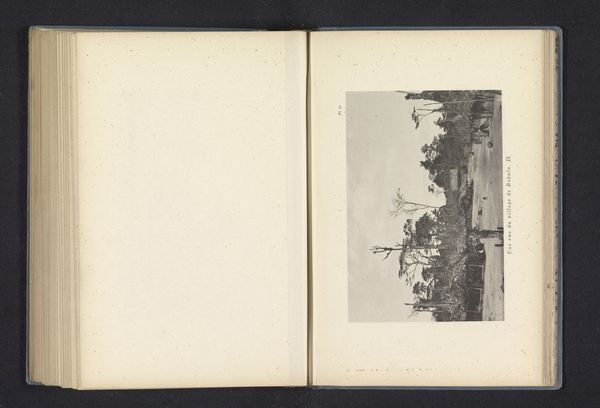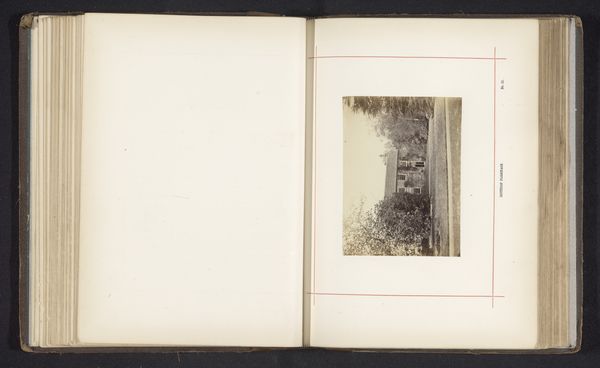
print, photography, gelatin-silver-print
# print
#
landscape
#
photography
#
gelatin-silver-print
#
realism
Dimensions: height 81 mm, width 116 mm
Copyright: Rijks Museum: Open Domain
Editor: So, here we have "Gezicht op een pastorie in Otterbourne," a gelatin-silver print by William Savage, made before 1866. It has such a quiet, almost melancholic atmosphere, doesn’t it? All that soft focus makes it seem like a memory. How do you interpret this work in its historical context? Curator: What strikes me most is its reflection of the Victorian era’s growing fascination with documenting social structures through imagery. The placement of this photograph within a bound album—notice the facing blank page as a conscious element—signals that its circulation was mediated. How might Savage’s work reinforce or challenge contemporary notions of idealized rural life for its intended audience? Editor: That's interesting! It seems like an attempt to document, but the very act of photographing it also prettifies it. Is this common for that period? Curator: Exactly. The emergence of photography allowed for seemingly objective representations of the world, but those representations were always shaped by the photographer's perspective, and even the societal norms surrounding acceptable depictions of everyday life. This "straight" photography can tell a nuanced social history. Where do you think it fits into that broader history of photography in representing social structures and institutions? Editor: I never thought of photography being displayed like this in bound albums; it’s typically shown on its own. Placing it in an album shifts it somehow... perhaps to something more precious, considered. Thank you, it certainly makes you consider how photography functions on multiple levels. Curator: Precisely, and that's what makes historical study so fascinating!
Comments
No comments
Be the first to comment and join the conversation on the ultimate creative platform.
